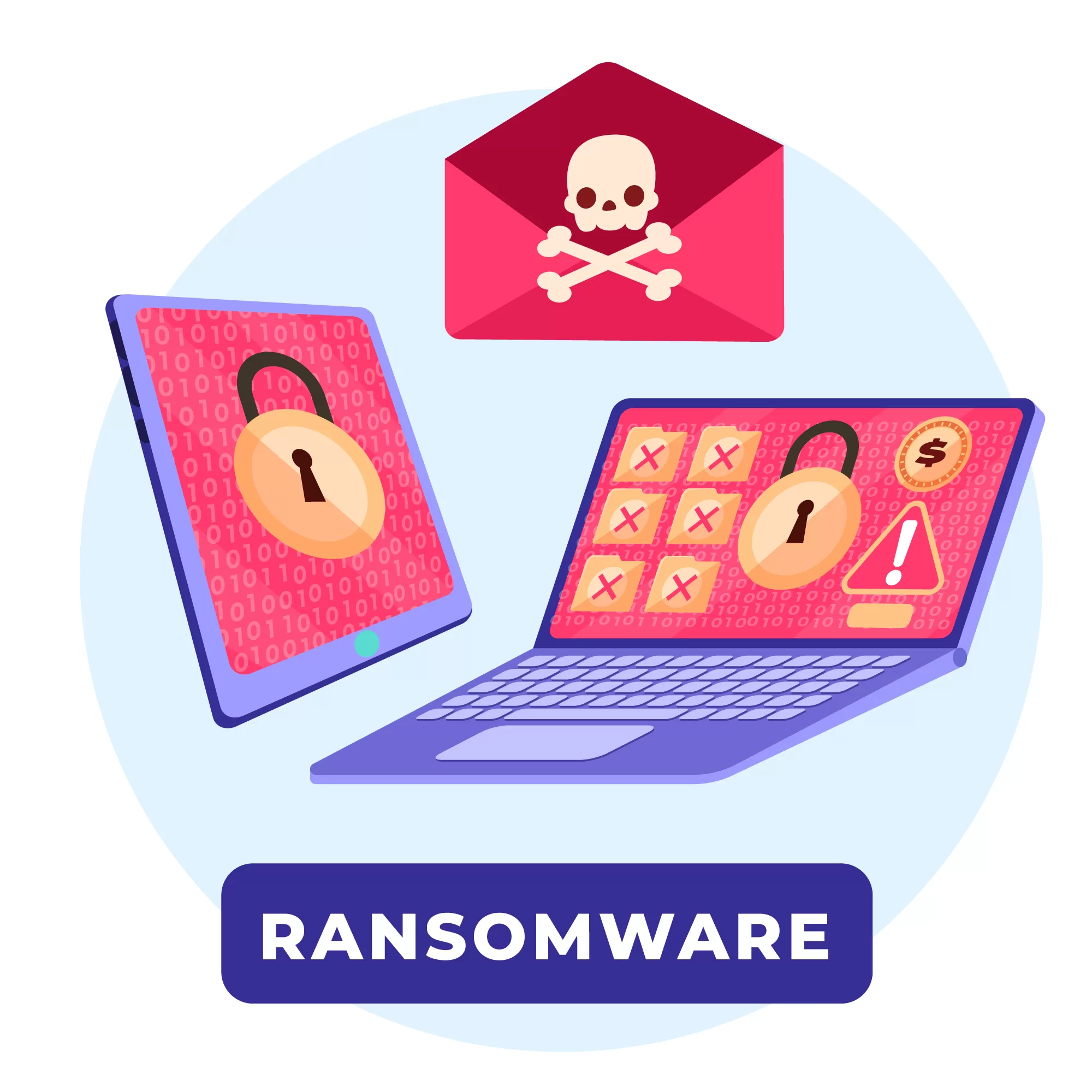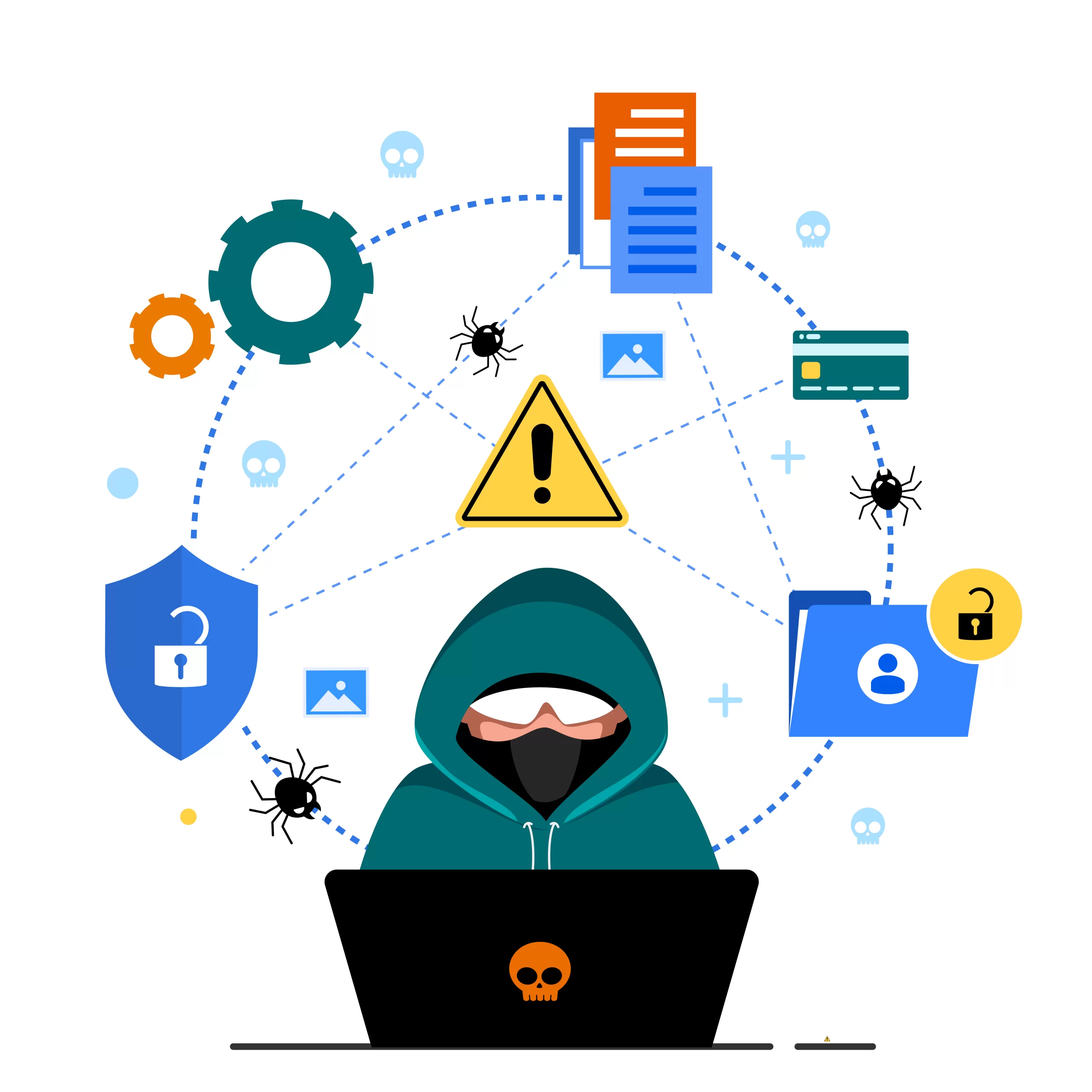
In recent years, ransomware incidents have become increasingly prevalent, posing a significant threat to individuals, businesses, and organizations worldwide. These malicious attacks, characterized by the encryption of sensitive data and extortion demands for decryption keys, have wreaked havoc on victims and underscored the critical need for robust cybersecurity measures. Let’s delve into the intricacies of ransomware incidents, their impact, and strategies for mitigation.
Understanding Ransomware
Ransomware is a type of malware designed to encrypt files and data on infected systems, rendering them inaccessible to users. Cybercriminals behind these attacks demand ransom payments, typically in cryptocurrency, in exchange for decryption keys that unlock the encrypted files. Ransomware can infiltrate systems through various means, including malicious email attachments, compromised websites, or vulnerabilities in software and operating systems.
Examples of Ransomware Attacks
Numerous high-profile ransomware attacks have made headlines in recent years, targeting organizations across sectors such as healthcare, finance, government, and education. One notable example is the WannaCry ransomware attack in 2017, which infected hundreds of thousands of computers worldwide, including those belonging to the National Health Service (NHS) in the UK. The attack disrupted healthcare services, highlighting the far-reaching consequences of ransomware incidents.
Impact on Individuals and Businesses
Ransomware attacks can have devastating consequences for both individuals and businesses. For individuals, the loss of personal files, photos, and documents can be emotionally distressing and financially burdensome if ransom demands are not met. For businesses, ransomware attacks can result in data loss, operational downtime, reputational damage, and financial losses. Moreover, organizations may face regulatory fines and legal liabilities for failing to protect sensitive data adequately.
Mitigation Strategies
Preventing and mitigating ransomware incidents requires a multi-faceted approach that combines technical safeguards, user awareness, and incident response preparedness. Some key mitigation strategies include:
- Backup and Recovery: Regularly back up critical data and systems to offline or cloud-based storage to facilitate recovery in the event of a ransomware attack. Ensure backups are securely stored and regularly tested to verify their integrity and effectiveness.
- Patch Management: Keep software, operating systems, and security applications up to date with the latest patches and updates to address known vulnerabilities that ransomware attackers may exploit.
- Email Security: Implement email filtering and security solutions to detect and block phishing emails, which are commonly used to deliver ransomware payloads to unsuspecting users.
- User Education: Provide cybersecurity awareness training to employees and users to recognize common ransomware threats, avoid clicking on suspicious links or attachments, and report any suspicious activity promptly.
- Incident Response Plan: Develop and implement an incident response plan that outlines procedures for detecting, containing, and responding to ransomware incidents effectively. Conduct regular tabletop exercises and drills to test the effectiveness of the plan and ensure staff readiness.
Conclusion
Ransomware incidents continue to pose a significant threat to digital security, with cybercriminals exploiting vulnerabilities for financial gain. By understanding the nature of ransomware attacks, implementing robust cybersecurity measures, and fostering a culture of vigilance and resilience, individuals and organizations can mitigate the risk of falling victim to ransomware and safeguard their valuable data and assets. As the digital landscape evolves, proactive cybersecurity remains paramount in defending against emerging threats and ensuring a secure digital future for all.







